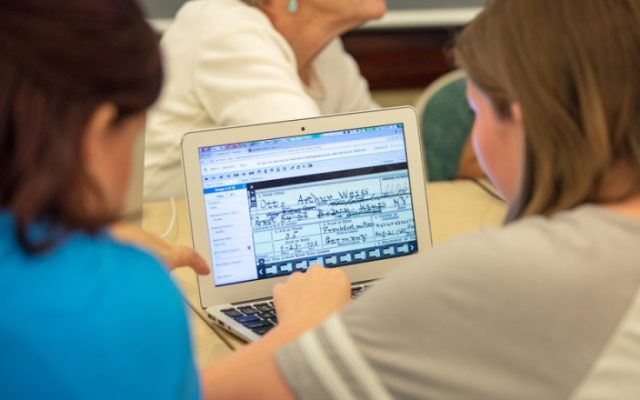
The world has billions and billions of records waiting to be indexed so that people can find and connect with their ancestors. Although there are hundreds of thousands of people who help with indexing, it is clear that volunteers need help.
Computer-assisted indexing, including optical character recognition (OCR), can increase the number of indexed records and process them faster.
What Is Optical Character Recognition (OCR)?
Computer programs can read images and extract names, dates, places, and other text. Although they can do this very fast, they still need humans to interpret some of the information and fix mistakes.
How Can Indexers and OCR Can Work Together?
FamilySearch needs your help more than ever. As OCR technology develops, the role of the indexer will evolve. Instead of indexing a record from scratch, you may review a record that the computer indexed to make sure that the information is correct and fix any errors you find. (This is essentially the job that reviewers now accomplish when they review a batch of records that has been indexed by another volunteer.)
FamilySearch has an OCR project to index nearly a billion Spanish-language christenings, marriages, and burials. 64 million have been completed so far and are in need of human review.
- Want to help index records? Find an indexing project here.
- Once you have experience indexing, you can also become an indexing reviewer.
Learn more in the article “How Machine-Learning and OCR Are Changing Family History.”
The post Machine-Learning and OCR Are Changing Family History first appeared on LDS365: Resources from the Church & Latter-day Saints worldwide.
Continue reading at the original source →



